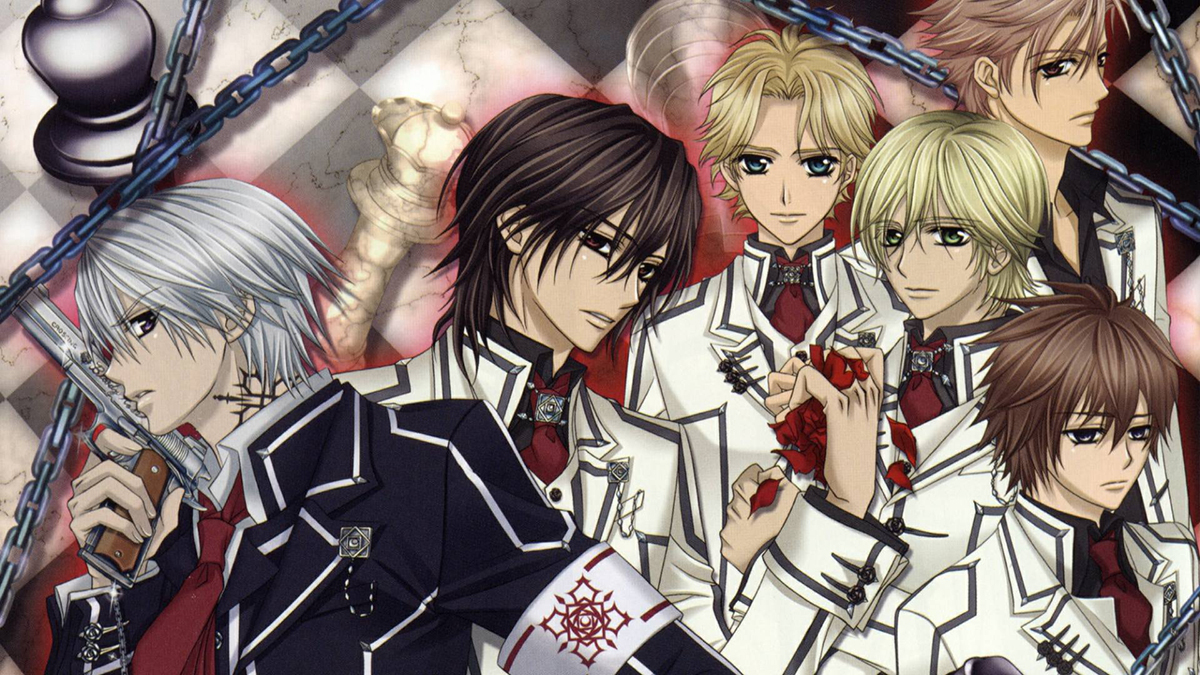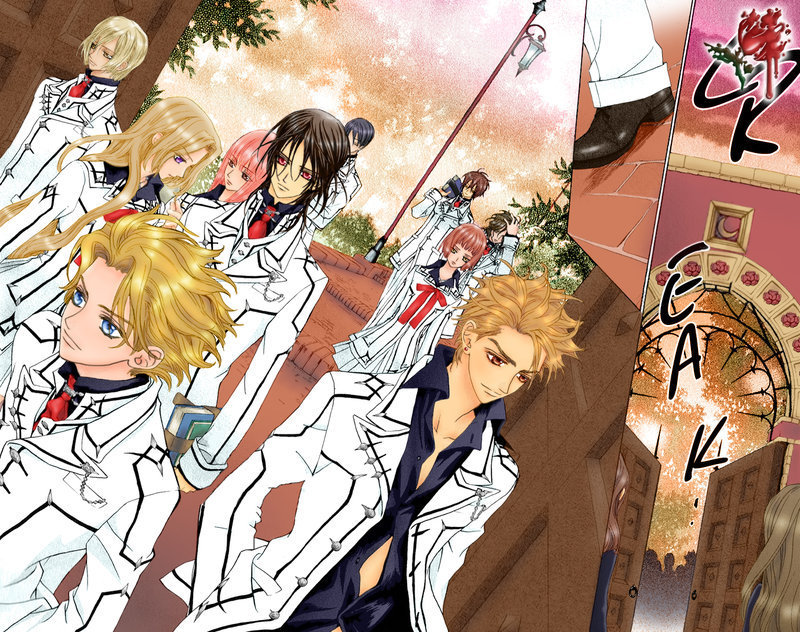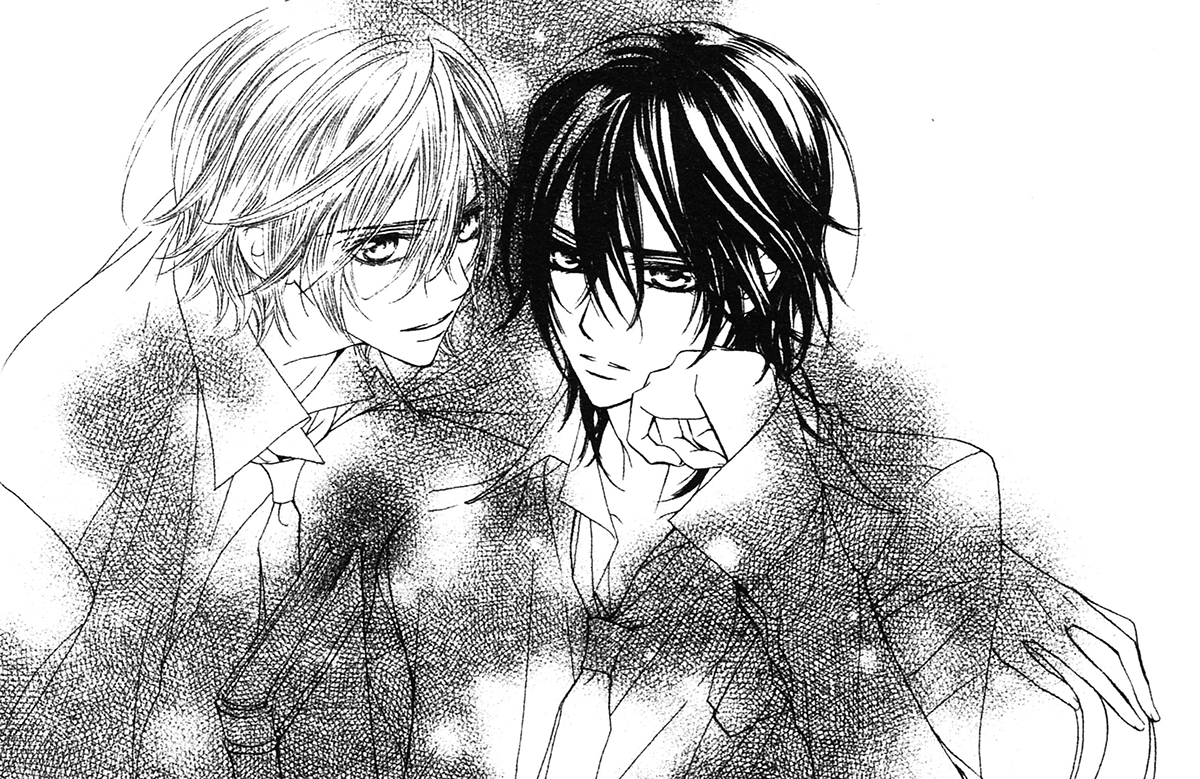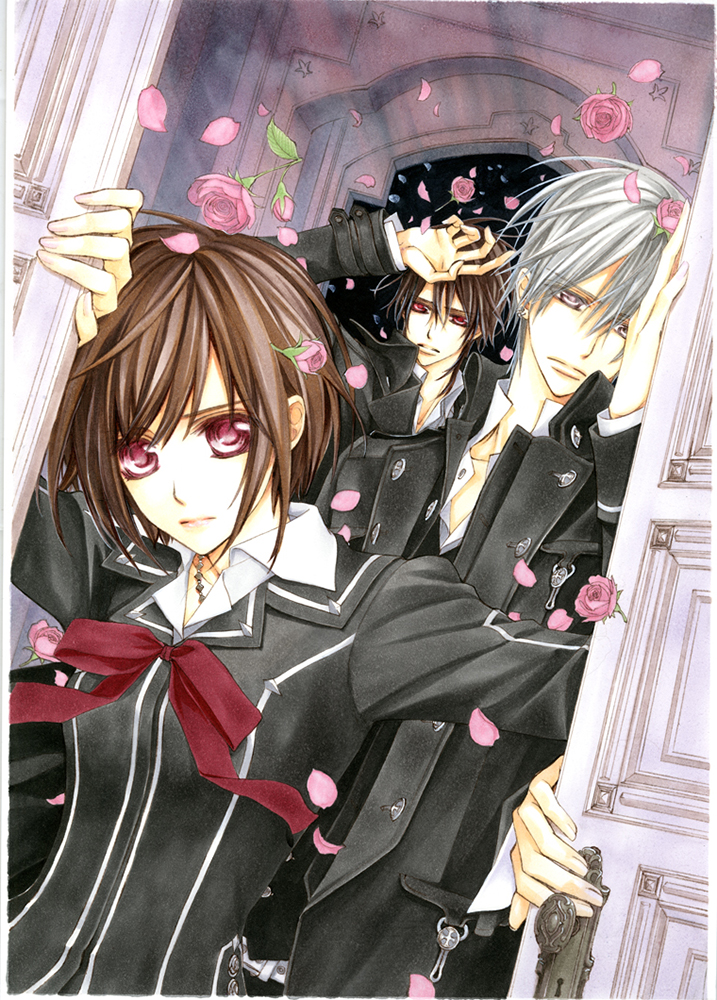Japanese Culture: Vampire Knight
Vampire Knight: Japan’s Vampires

Which are the most fascinating and feared creature of the darkness of all times? The answer is simple and obvious: the Vampires.
In the common imaginary vampires have their origins in the inland Europe, but probably not many know that there is a race of vampires that actually comes from Japan! We are talking about Vampire Knight.
ヴァンパイア騎士 (Vanpaia Naito) is written by Matsuri Hino. She is a really an expert in the shōjo-gothic genre and debuted on the January number of the magazine LaLa in 2015. The artist gives us an extremely romantic image of vampires. Beautiful in the eyes of humans, they are different from the common “bloodsuckers”.
They have blood running in their veins too, and drinking the blood of the beloved person is a sign of devotion like no other that will quench the thirst of the vampire who does it.

The Cross Academy
In an obscure world out of space and time the protagonists of Vampire Knight live in a prestigious private school with an unusual class structure. Students are divided in two different classes. The Day Class, attended by normal people that take their lessons during the day, and the Night Class, whose students are hiding a secret. To other students they are like an elite of geniuses, but in reality they are beautiful vampires. Only three people of the Day Class know the truth about the Night Class: the school director and the two “Guardians”: Yuki Cross, the protagonist and Zero Kiryu.
Around them, we find among others the characters of Shiki Senri, Hanabusa Aidou e Takuma Ichijo, mysterious and charming noble vampires bounded to the Pureblood and head of the Night Class Kaname Kuran by a strong friendship and the obedience imposed by hierarchy.
From this starting point takes place a thrilling story full of twist and turns. The panels, that were skillfully drawn by the artist, have a dark touch through which the protagonists communicate the anxieties of their souls and the pathos they live day after day.
The vampires depicted here are creatures surrounded by a natural sensuality. Like in the best literary tradition, even the most gory scene is magically enveloped by an aura of charm and refinement. All this contributes to make every kind of fight less bloody.

Eternal love and damnation
The characterizing theme of Vampire Knight is Eternal Love. The internal struggle of the characters to conquer what their heart truly desires, the will to withstand even the most painful choices.
Considering this aspect, Kaname’s personality is the most complex of all. Authoritative especially with his classmates of the Night Class and merciless toward his enemies. He is rarely seen smiling or letting himself go, but his personality changes in front of Yuuki. He shows all his tenderness and the great sense of protection he is capable of only with her. The metaphor of tormented love, that emotion that entails despair, pain and inner struggle. All of this embodies in the character of Kaname the determination, the strength and the ability to overcome every boundary in order to reach his objective.

Anime, CD Drama and Novels
A story like this certainly couldn’t be left only written on the paper. The first episode of the anime series of Vampire Knight was produced by Studio Deen. It was aired on TV Tokyo on April 8, 2008. Its success convinced the director Kiyoko Sayama to work on a second series, Vampire Knight Guilty. It was aired on October 7, 2008 and a third one aired during 2014. Unforgettable are the opening themes of both seasons. These are “Futatsu no Kodō to Akai Tsumi” e “Rinne: Rondo”. Together with the ending themes “Still Doll” and “Suna no Oshiro”, they were included in the soundtrack album consisting in 30 tracks composed by Haketa Takafumi.
More than that, 2 CD drama were released. One is “LaLa Kirameki” released in September 2005. The second volume “Vampire Knight Midnight CD-Pack”, available only through online order.
Moreover, Matsuri Hino in collaboration with Ayuna Fujisaki published two Light Novels in 2008. Both novels are not specifically based on chapters of the manga but are side-stories about some characters of the story.
In November 2008 an official Fanbook was published too: “Vampire Knight Fanbook: Cross”. This last work gives further information on the characters and also includes detailed images of the author’s storyboard.
And the story doesn’t end here…
Photo credit: Google images; Vampire Knight wiki;
Share this:
- Click to share on Facebook (Opens in new window)
- Click to share on Twitter (Opens in new window)
- Click to share on Tumblr (Opens in new window)
- Click to share on Pinterest (Opens in new window)
- Click to share on Telegram (Opens in new window)
- Click to share on WhatsApp (Opens in new window)
- Click to share on Reddit (Opens in new window)
- Click to print (Opens in new window)






